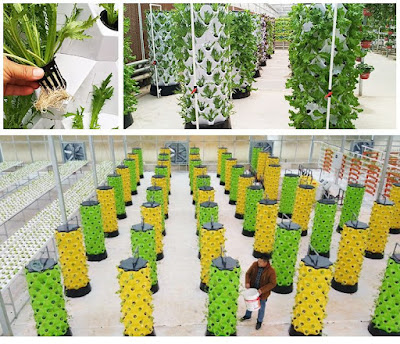Why do so many people love flowers and gardening? Everyone may have a different answer.
Gardeners like to say to themselves, "Do something instead of waiting flowers themselves to grow in the urban life someday."

Flowers and plants can bring healing power and make you feel a kind of vitality.
British BBC gardening host Monty Don once suffered from severe depression. Later, he returned to the old house left by his mother and began to tidy up the garden. He gradually recovered his health among the flowers and plants, and started a new career.
Gardening writer Wang Zitian once experienced the pain of depression, he said: "The whole middle school period was like a nightmare, any small thing would make people have suicidal thoughts, and it was not until I fell in love with gardening that I knew there was one thing I liked. What a blissful experience, it removes all haze."
Flowers and plants come in different shapes, beautiful colors, have attractive scents, and bring delicious fruit. We experience the beautiful feelings that plants bring to us through the five senses of sight, hearing, smell, taste and touch.
More contact with beautiful things, to experience and feel them, will make us have more courage to live.
Thoreau once said: "Cities are places where millions of people live together alone. Trees, flowers, animals, they are the companions that human beings cannot leave."
Planting flowers and grass in the sun, watering and pruning, those gardening work will also make the body healthier. We devote ourselves to gardening activities, which can make people forget their troubles, generate fatigue, speed up falling asleep, and wake up more refreshed.
Plants are a mirror of life, reflecting the living state of the owner. Friends around me often take children to grow plants, plant strawberries, plant succulents, and dig mud pits. Children have more fun than adults like us. Give him a small shovel, and he can shovel the garden upside down.
Hesse wrote in the book "Pleasure in the Garden": "Being in the company of soil and plants can relax people's spirits and bring people peace of mind. Its effect is very similar to meditation and meditation." He gave all the leisure time. The garden, hunched over, watering with a watering can, digging with a shovel, was sweating profusely.
People who like flower gardening are lucky. Flowers and plants are not only gardening, but also a way of life, making our lives healthier and better.














